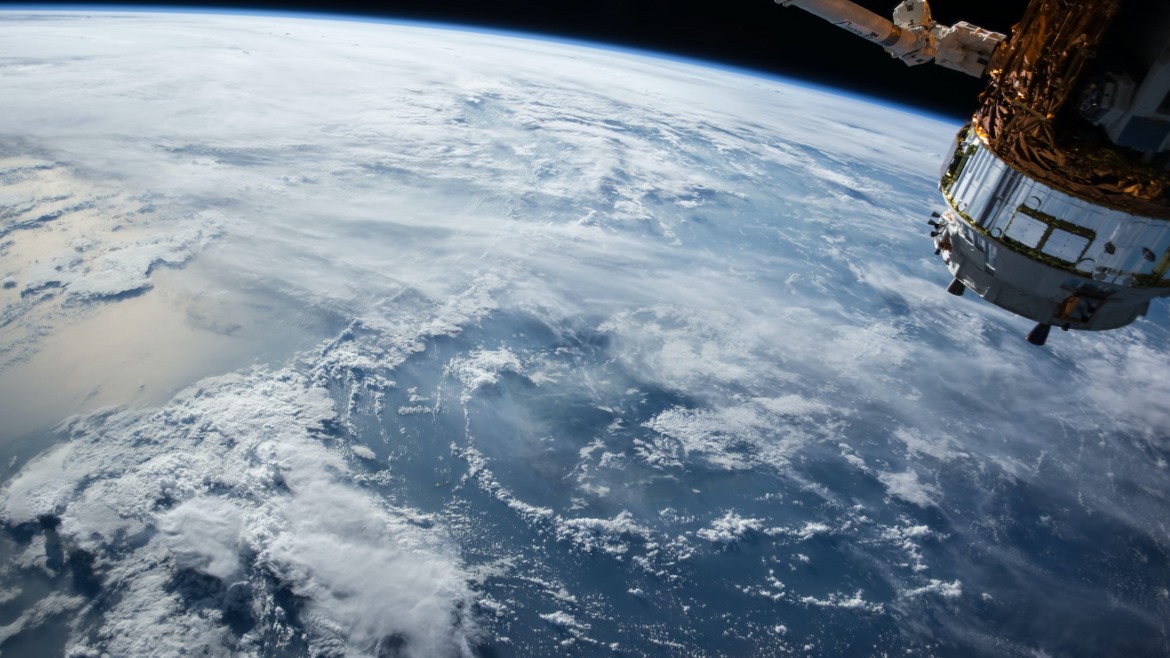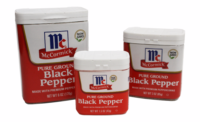As this Earth Month comes to a close, it is essential to remember that as an industry, we are stewards of this planet and must be conscious of the legacy we leave behind for future generations, as our actions today will shape the world they inherit. The way we produce, process, and package food can work hand in hand with the environment. But sadly today, these processes account for more than one-third of the greenhouse gas emissions (GHG) caused by human activity. Despite today’s challenges related to the supply chain, economy, labor shortages and more, we have an opportunity to change the food and beverage industry for the better using innovative technology. Now is the time for food and beverage manufacturers to work together for more sustainable, equitable food systems. Here’s how:
Conserve Water and Energy
Global demand for food, water, and energy continues to rise. It is imperative for businesses to conserve these precious resources, which are under pressure today from several factors, including population and economic growth, changes in consumer diets, urbanization, and more. For food and beverage manufacturers, enhanced management of utilities such as energy, water, and steam can reduce overall operating costs and GHG emissions.
Especially as global energy markets increase in volatility, this has become a heightened concern for the industry’s manufacturing leaders. For those prioritizing projects that improve sustainability and reduce overall costs, initiatives related to water stewardship and energy management should be high on the list. Technology that supports efficiency and systems-wide utility reduction bolsters these efforts by shortening overall processing times, enabling increased product output while simultaneously reducing the use of energy, water, and steam. For example, better blanching systems for frozen fruits and vegetables can store energy released by the product, which is later uses to reheat the water. In addition, energy-flexible equipment gives manufacturers the freedom to power their operations as they see fit.
Increase Packaging Circularity
Eco-friendly packaging is a growing priority for consumers and brands alike. In fact, today, 60-70% of consumers are willing to pay more for brands that implement sustainable packaging alternatives for their products. Food and beverage companies must align their strategies to adopt more sustainable packaging, including alternatives that use compostable, paper and paperboard materials. Tray sealing packaging, for example, is a popular solution as it significantly reduces the use of plastic and energy, while also preserving product quality all the way from the production line to the end-consumer. Mono-material plastics are being adopted across the industry, which can be substantially easier to recycle than the current industry standards of multi-material layered plastics.
Divert Food from Landfills
When good food goes to waste, it adds up to social and environmental problems on a massive scale. In 2021, the number of people affected by hunger reached 828 million—up 150 million since 2019. That’s why it’s so disheartening that about 40% of all food produced goes to waste. As that food sits in landfills, it also contributes to a warming climate, accounting for about a tenth of global GHG emissions. As a key source of vitamins, minerals, and fibers, fresh fruits and vegetables are a staple of good nutrition and health and must be protected from going to waste. New produce technologies and postharvest solutions are key to both food safety and diverting food from landfills. Postharvest equipment aids in the cleaning and coating process while reducing water usage, protective coatings and fungicides provide protection from farm to fridge, and labeling and identification minimize food waste and profit loss by providing the proper location for each product.
Technology that diverts food from landfills and ensures the safety of food products is a critical aspect of sustainability, as it helps prevent waste and protect public health. By equipping businesses with the tools and knowledge needed to maintain the highest standards of food safety, manufacturers contribute to a healthier and more sustainable food supply chain.
Invest in the Development of Sustainable Food and Beverage Alternatives
As people gain awareness of the health and environmental ramifications of their diets, many are re-thinking the types of products they consume. In a recent U.S. study, 47% of participants
identified as “flexitarians,” meaning they lean toward a plant-based diet, with moderate consumption of dairy and meat. In addition to already popular plant-based proteins and dairy alternatives, demand for culture-based proteins is expected to increase. The market was valued at over $163 million in 2021, with a projected compound annual growth rate of 11.4% from 2022 to 2028.
Because this production method eliminates the need to raise farm animals for food, cell-based proteins have the potential to revolutionize the way food is produced. The foods pose benefits to the environment and human health and can help customers bolster global food supplies while reducing costs. As our industry advances the development and commercialization of these products, food and beverage manufacturers should consider how their existing technology can be adopted for protein and dairy alternatives.
Leverage Integrated and Automated Solutions to Maximize Efficiency
As production and plant managers continually seek ways to optimize operations, machine optimization has emerged as a key solution for reducing energy consumption, increasing throughput, and enhancing product quality. FoodTech partners can support machine optimization by working closely to analyze production data, identify potential areas for improvement, and set goals for energy savings. New digital tools, such as JBT’s Omniblu platform, can monitor machine health and performance in real-time, and therefore optimize energy and water usage.
By monitoring factors such as the concentrations of cleaning chemicals, the volume and temperature of cleaning water, and more, immediate feedback is taken to reduce waste and costs at all stages of the production process creating quantifiable results. A machine optimization project led by JBT saved one European customer 300 kilowatts per hour, translating to potential annual savings of $150,000-$200,000, depending on energy prices. Some solutions can even optimize the use of raw materials and reduce food waste by using data analytics and machine learning to identify opportunities for improvement and provide recommendations for optimizing processes.
Lengthen the Lifespan of Equipment and Consumables
Investing in food and beverage manufacturing equipment is a serious consideration. Technology solutions that are durable and dependable will deliver top performance on high-yield processing lines for decades. Instead of buying new equipment, consider tech solution providers that proactively maintain equipment and have circularity-focused initiatives to recover, upgrade, and remanufacture used machines. These efforts boost the long-term value of food and beverage processing technology and also reduce the amount of water, energy, metals, and other materials—as well as the GHG emissions—associated with manufacturing new machines.
Conclusion
The need for collaboration to create a more sustainable and equitable food system has never been greater. Leveraging technology that helps preserve the world’s precious resources is especially key as the world’s population grows and solutions for the climate crisis grow in urgency. By implementing strategies that conserve water and energy, increase packaging circularity, divert food from landfills, develop sustainable food and beverage alternatives, create automation for increased efficiency, and extend product and equipment lifespan, food and beverage manufacturers can be a part of the solution to our shared goal of protecting our planet and feeding our growing population.






Report Abusive Comment